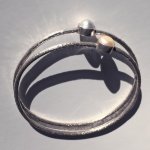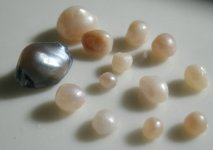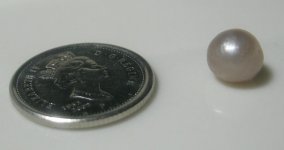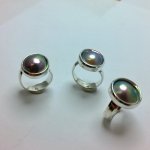Hello,
New member here; glad to join the forum!
Here's a pair of sterling silver bangles I recently inherited. I believe they're from the 1930s -- Art Deco designs. They are unmarked however, the metal tests as sterling, and the pearls pass initial tests for genuine, uncultured pearls. Each measures approximately 7mm, the grey being slightly smaller.
I'd love to know your thoughts, especially on what types of pearls these might be...?
Many thanks in advance!
K.
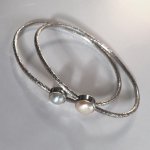
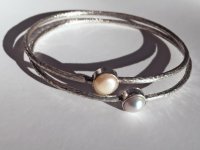
New member here; glad to join the forum!
Here's a pair of sterling silver bangles I recently inherited. I believe they're from the 1930s -- Art Deco designs. They are unmarked however, the metal tests as sterling, and the pearls pass initial tests for genuine, uncultured pearls. Each measures approximately 7mm, the grey being slightly smaller.
I'd love to know your thoughts, especially on what types of pearls these might be...?
Many thanks in advance!
K.



